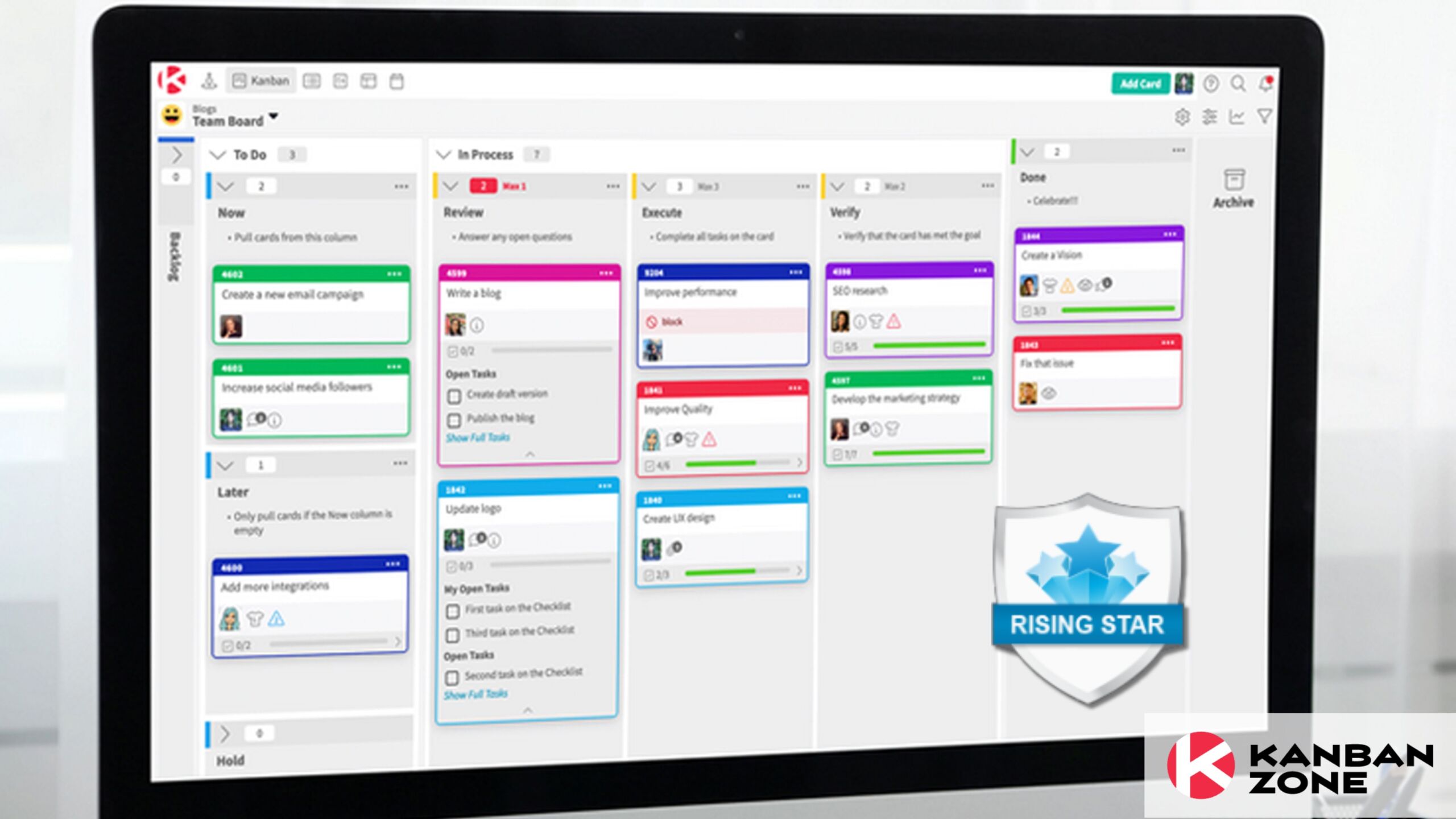
All organizations inevitably go through an organizational change at some point. It’s natural for growth and expansion. And in today’s fast-paced and highly competitive world, organizations that can’t handle change will find it difficult to thrive in their industries. A change management process is important to facilitate and govern how an organization controls change and let them work to its advantage. Here we’ll introduce the Kanban change management principles and how you can use them to create lasting organizational changes that your employees will embrace.
Challenges with Implementing Organizational Changes
People have this natural tendency to be averse to change. It’s the fear of the unknown that creeps into people. Your employees are no exception to these emotions. When there is no proper change management in place, employees can feel confused and anxious about what lies ahead. When employees are not well-informed of the changes that are taking place and why they need to happen in the first place, it’s harder for them to accept. When this happens, it will be more difficult to implement your plans and the results will be less effective.
Why Do You Need a Change Management Process?
A change management process enables you to properly plan how the entire organization will manage and respond to changes. There are different types of organizational changes that can happen. There’s strategic, people-centric, process, structural, remedial, and unplanned or unexpected changes. Without a change management process in place, you and your employees will feel like navigating uncharted waters. Change isn’t a welcome experience for everyone. People naturally feel fearful of uncertainty and the unknown. Having a change management process shifts your organization’s perspective. Instead of being reactive to change, you become more proactive and involved in managing it. This way it’s easier for everyone in the organization to adapt to change.
There are many approaches to change management. An effective change management process can take into account the human side of change, emphasizes accountability and leadership at all levels, and drives the organization to continuously evolve. Applying the Kanban change management principles to your change management process will help you make it more effective.
Let’s explore what the Kanban change management principles are and how they will help your organization.
What are the Kanban Change Management Principles?
The beauty of Kanban is that you can embed it in any process. Kanban amplifies any business process and makes it more visual and easier to manage. Rooted in any Kanban implementation are its four principles:
- Start with what you do now
- Agree to pursue incremental, evolutionary change
- Respect the current process, roles, responsibilities, and titles
- Encourage act of leadership at all levels
The same principles can be applied to any change management process making them Kanban change management principles.
Let’s discuss how each principle can be beneficial to your change management process.
Start with what you do now
Any change you will introduce needs to be based on your current state. Total disregard for how your current process, roles, and structure are will only introduce chaos and confusion to your employees. Remember that for change to be successfully implemented, you need the buy-in of the people it will affect. When you start with what you do now, you take into account:
- Who is currently involved in the process that will be changed?
- What areas will be affected and how?
This will inevitably require you to involve current process actors and work with them to model your plans. Kanban change management starts with working with what you have instead of quickly introducing a whole new set of rules and processes to your teams.
Agree to pursue incremental, evolutionary change
The common approach to introducing change is to change it all at once. But the problem that emanates from this approach can be devastating and will negatively affect the success of your change management overall. If you want to introduce lasting change that makes your employees want to cooperate, you need to see things the way they see them. Assess your current state and let the inefficiencies and problems surface. When you share your vision with your employees, they will better understand the need for change and work towards it.
At the core of Kanban change management is also continuous improvement or kaizen. When everyone in the organization agrees to pursue evolutionary change, it means that you are also embracing that change is constant. Continuously improving how you work will always be the norm.
Respect the current process, roles, responsibilities and titles
This Kanban change management principle is highly related to the first. Starting with what you do now means to respect the current process, people, and their current roles and responsibilities. People have an attachment to their roles and titles. Having those roles and titles changed overnight can come as an unwelcome surprise. When dealing with process and role changes, a more effective approach is to involve the team in evolving their current processes and roles. This way, they will be less resistant to it and will be more open to assume their new responsibilities.

Encourage acts of leadership at all levels
By now you might be sensing a common pattern to these Kanban change management principles. They all highly emphasize the importance of the people element when it comes to implementing change.
The success of any change management plan is dependent on the people carrying it out. So if you want to implement your change management plan, you’ve got to let everyone contribute. You need to show people that change, and any improvement initiative for that matter, is a welcome experiment. Only then will people become open to try new things and test the waters. It will also encourage people to speak up, share their ideas, point out inefficiencies, and work together to change for the better.
Making Your Change Management Kanban Board
Apart from the Kanban change management principles, one of the best things about using Kanban for your change management process is using a Kanban board. There are a lot of initiatives, improvement ideas, or suggestions that you want to implement. Tracking all of these on a Kanban board will be beneficial for you to plan which changes to work on at any specific point in time. If you have a Change Advisory Board, a change management Kanban board will help in reviewing, prioritizing, and scheduling any of those change management items.
If you’re new to Kanban, here’s an easy to follow guide on how to create your Kanban board for your change management process or any process you wish to do so.
Dealing with Change with Kanban Change Management
If you want to change the way your employees feel about change, you need to use a change management process that takes into account the human-relations side of things. Applying the Kanban change management principles will allow you to design and implement change management plans that will be well-received by your employees.
Learn to Work Smarter, Not Harder!
Get our top articles weekly.
Table Of Contents
Discover many more posts…







